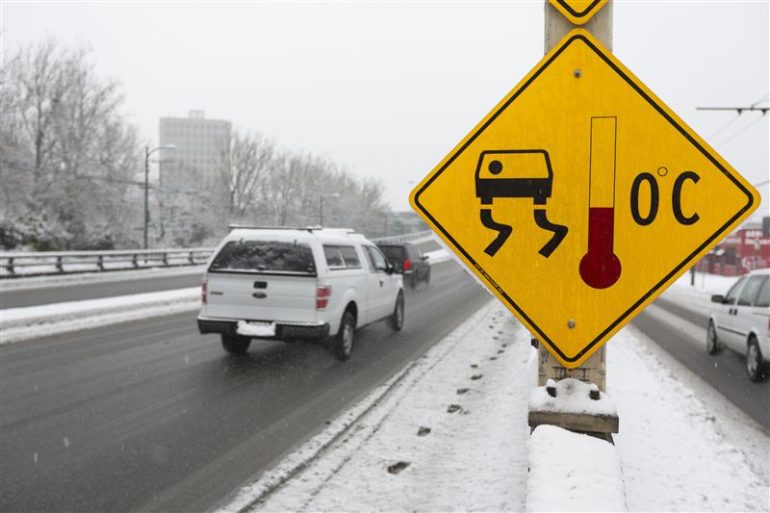Richmond, B.C. (Jan. 31, 2025) — With cold temperatures and winter conditions in the forecast for many parts of B.C., WorkSafeBC is reminding employers and workers to take precautions when working outdoors.
In the last five years, WorkSafeBC accepted 102 claims for injuries related to cold weather.
“Cold weather can result in significant injuries if proper precautions are not taken,” states Suzana Prpic, Senior Manager of Prevention Services at WorkSafeBC. “Employers must conduct a risk assessment and implement measures to protect outdoor workers from hazards like frostbite and hypothermia.”
Winter conditions impact industries differently, putting certain workers at higher risk. Those at the highest risk of exposure include recreational instructors, equipment operators, construction crews, transport truck drivers, delivery drivers and utility and maintenance workers.
Cold weather risks
Key risks related to winter weather include the following:
- Frostbite: It is the most common cold-weather injury. To reduce the risk, employers should ensure workers wear insulated clothing and take regular breaks in warm environments.
- Cold stress: Prolonged exposure to cold temperatures can lead to cold stress and hypothermia. Feeling cold is the most important warning sign to note. If workers feel cold, their bodies are likely losing heat faster than their bodies can generate it.
- Slips, trips, and falls: Wet, snowy, and icy conditions increase the likelihood of slips, trips, and falls for workers in every sector. This can result in serious injuries, including fractures, sprains, and dislocations. Employers should proactively de-ice walkways and ensure employees have suitable footwear to prevent injuries.
- Winter Driving: Work-related motor vehicle crashes peak in the winter months. Workers who drive for work should plan ahead and check current weather and road conditions. Employers must ensure vehicles are properly maintained, equipped for winter conditions, and fitted with winter tires and an emergency kit.
Adapting risk assessments
Employers must take reasonable steps to prevent injuries, including managing risks related to changing weather conditions. This requires conducting risk assessments and updating them as conditions change to ensure appropriate control measures are in place.
Employers must involve front-line workers, Joint Health and Safety Committee members, managers, and supervisors in maintaining effective health and safety programs during winter conditions.
“Frontline workers should be actively engaged in risk assessments and the implementation of controls to keep everyone safe,” says Prpic.
Workers or employers with questions about working in winter conditions are encouraged to visit worksafebc.com for access to resources. In addition, employers and workers can call WorkSafeBC’s Prevention Information Line at: 1-888-621-7233.



